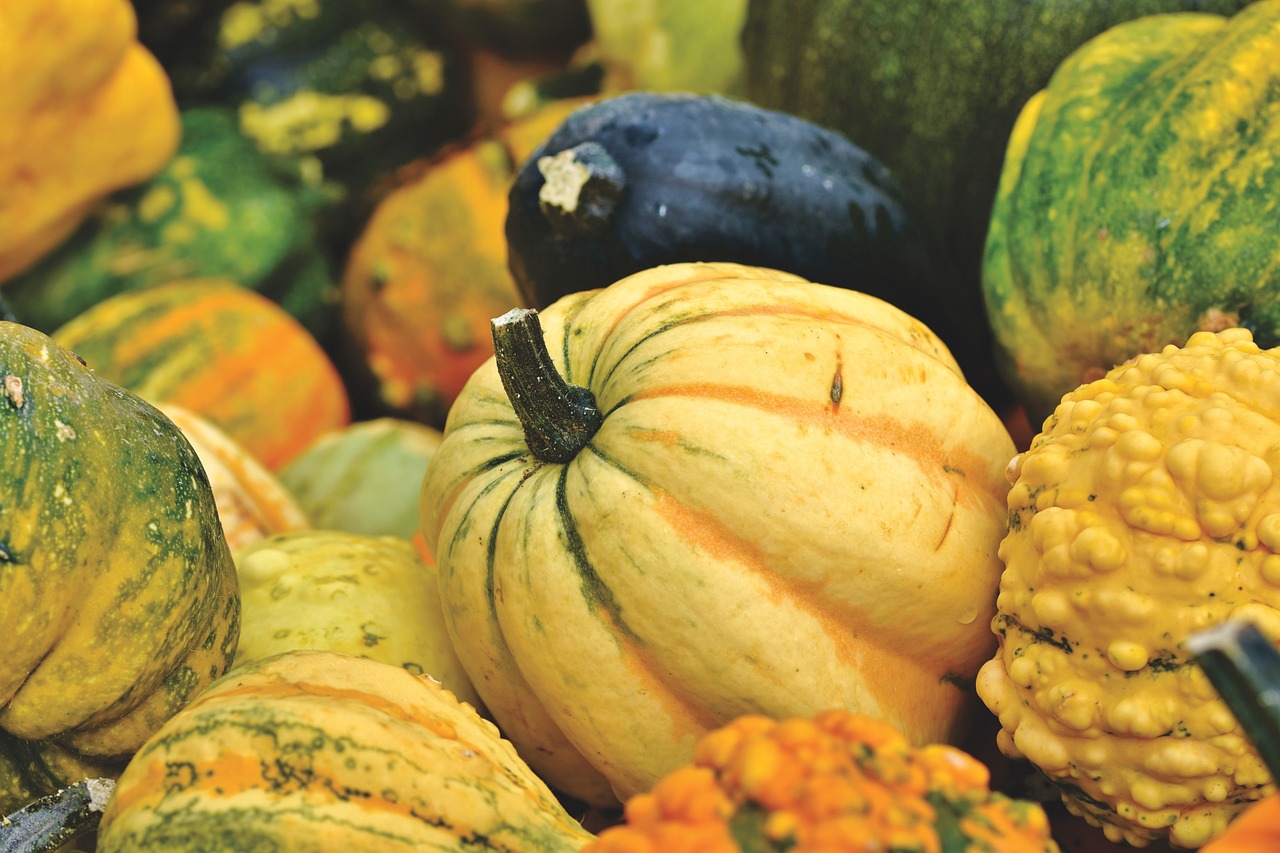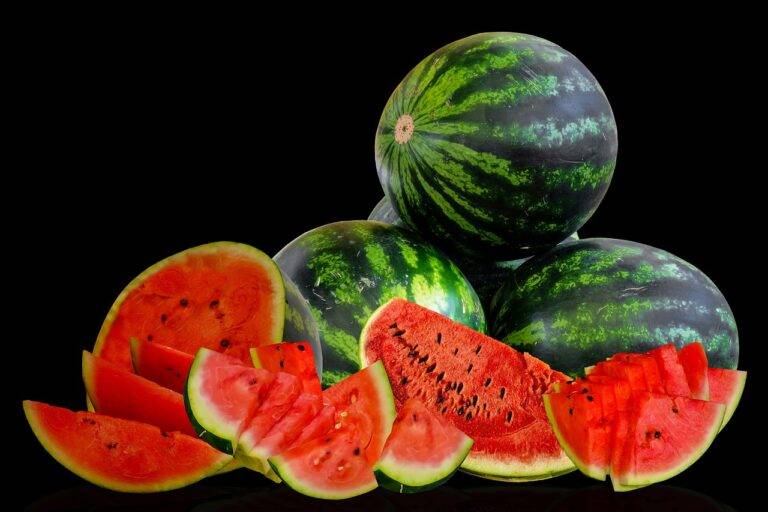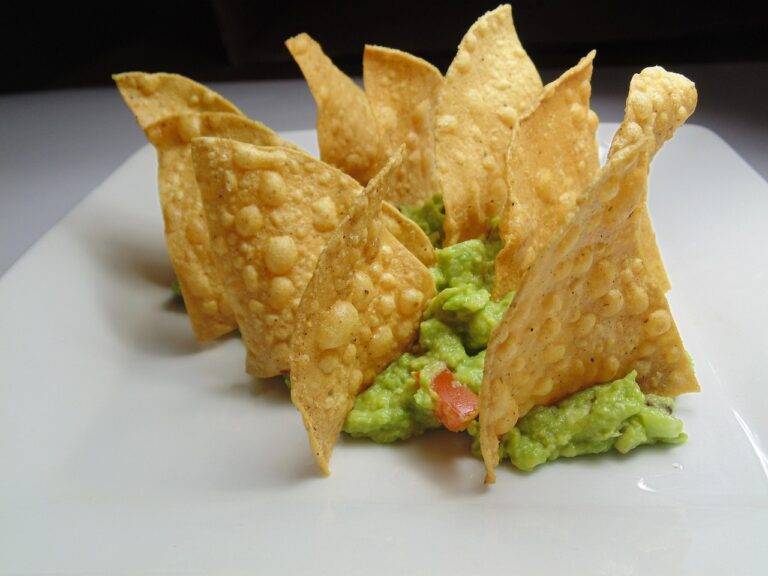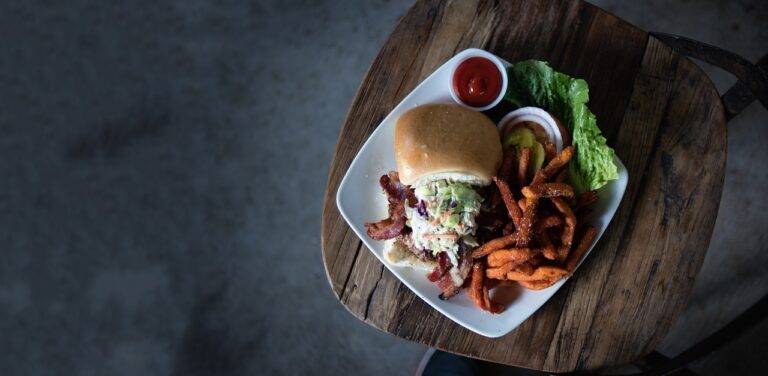The Future of 3D Printed Food: Innovation or Gimmick?
3D printed food offers a unique opportunity for customization and personalization, catering to individual dietary needs and preferences. With the ability to control the composition of ingredients and nutritional content, this technology opens up possibilities for creating tailored meals for specific dietary requirements, such as gluten-free, low-sugar, or high-protein diets. By leveraging 3D printing, food can be designed to meet the needs of individuals with allergies or sensitivities, ensuring a safe and enjoyable dining experience.
Furthermore, 3D printed food has the potential to revolutionize the food industry by reducing food waste through precise portion control and on-demand production. By creating food layer by layer, only the necessary amount of ingredients is used, minimizing leftovers and food spoilage. This not only helps to address the issue of food waste but also contributes to sustainability efforts in the food sector. Additionally, the ability to produce food on-demand can lead to fresher and more nutrient-rich meals, enhancing the overall quality of the dining experience.
Challenges and Limitations of 3D Printed Food
One of the main challenges facing 3D printed food technology is the limited variety of ingredients that can be used in the printing process. Traditional cooking relies on a wide range of raw ingredients that can be mixed and matched in endless combinations, while 3D printed food is currently restricted to certain types of edible pastes and gels. This limitation can hinder the creativity and culinary possibilities that chefs have at their disposal.
Another significant limitation of 3D printed food technology is the cost associated with purchasing and maintaining the specialized equipment required for the process. High-quality 3D food printers can be expensive to acquire, and ongoing maintenance and material costs can also add up over time. This cost barrier may make it inaccessible to smaller establishments or home cooks who do not have the financial resources to invest in this emerging technology.
Current Applications of 3D Printed Food Technology
3D printed food technology has been making waves in the culinary world for its innovative applications. One current use of this technology is in creating customized meals for individuals with specific dietary needs. By inputting precise nutritional requirements and preferences, 3D printers can produce meals tailored to each person’s unique health considerations and taste preferences.
Another application of 3D printed food technology is in revolutionizing the presentation of dishes in high-end restaurants. Chefs are now using 3D printers to craft intricate and visually stunning food designs that were previously impossible to achieve by hand. This not only enhances the dining experience but also allows for greater creativity and artistic expression in the realm of gastronomy.





